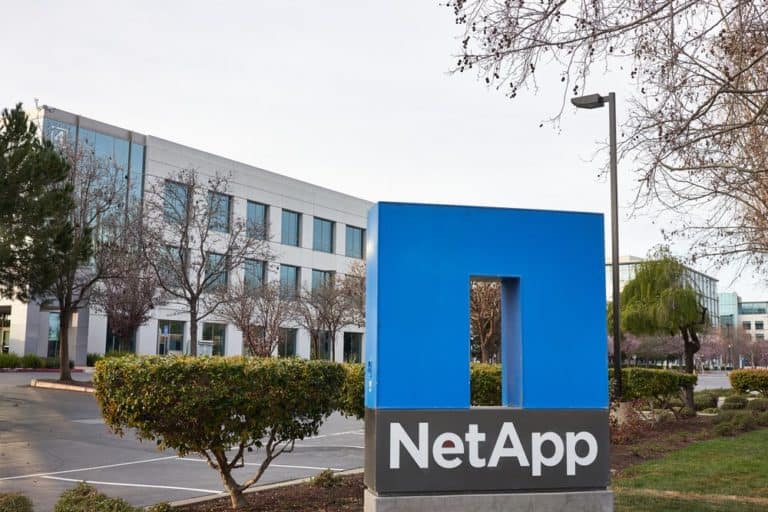NetApp has announced that it is discontinuing its HCI appliance. The company introduced the service in 2017, but believes it is already obsolete in today’s market.
With the demise of its HCI application, NetApp wants to persuade its customers to switch to Project Astra instead. The company introduced that initiative last year as a way to combine storage and data services with Kubernetes.
Eric Han of NetApp explains the decision to Blocks & Files. “The key thing here is we’ve seen HCI as important in the market when we started, but it’s a piece in the market that customers no longer need because it was meant to move people to the [hybrid] cloud and customers can do that without an appliance now.”
Kubernetes takes over from HCI
Meanwhile, such migrations are mainly done using containers and Kubernetes running on regular hardware. According to NetApp, this offers a new dimension of convenience that was not possible with previous solutions. This is why NetApp is betting big on Project Astra as the new method to help companies migrate to the cloud.
NetApp introduced HCI in June of 2017. The service consisted of a set of compute servers with separate storage nodes based on SolidFire Elements, with only flash storage. This split between compute and storage should bring improved scalability. However, NetApp HCI did not become very popular. The split model remained in the shadow of pure HCI solutions, such as those from VMware, Dell and Nutanix.
Support will continue for some time
NetApp HCI will continue to actively develop its HCI application until the end of this year. However, these developments are limited to adding important new features and resolving critical issues. After this year, NetApp will offer another three years of software support and five years of hardware support.
Tip: NetApp wants to make its operating system ONTAP Kubernetes-native
